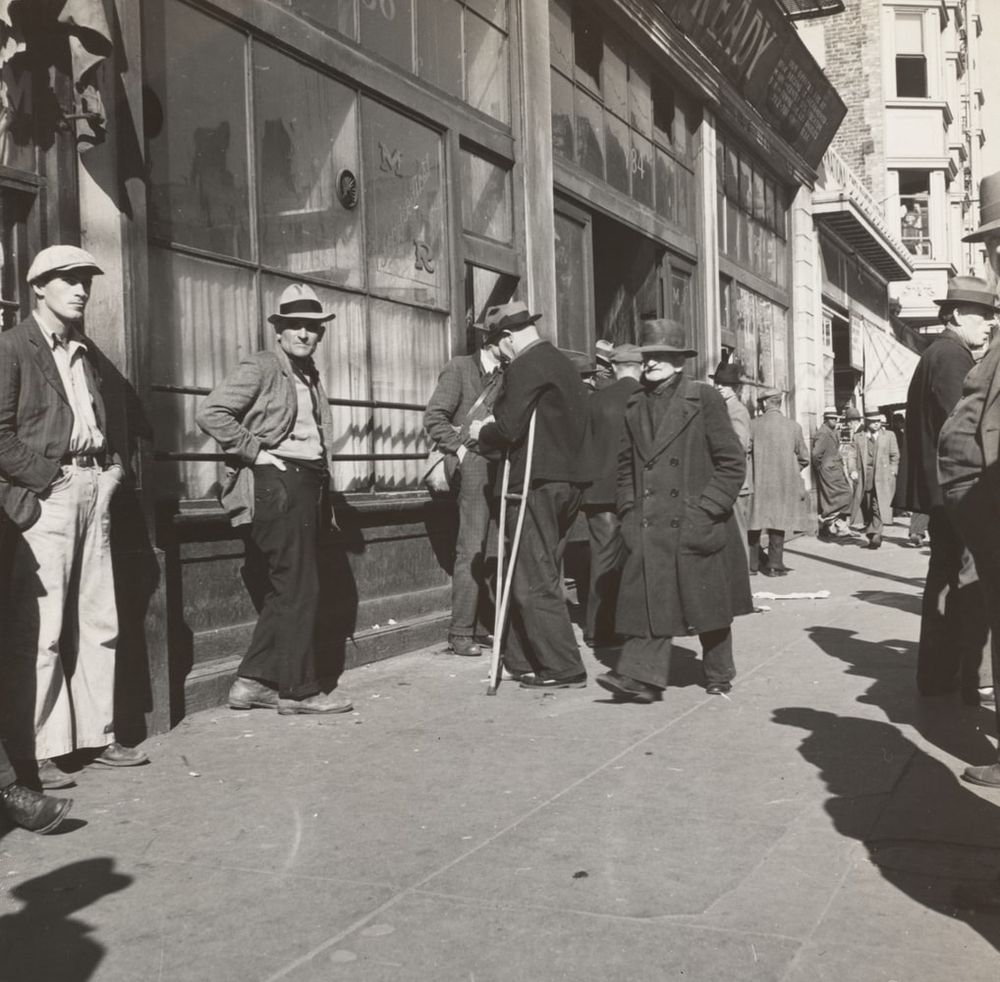
Comparing Unemployment in 2020 to Previous Economic Disasters
Comparing Unemployment in 2020 to Previous Economic Disasters
The year 2020 has resulted in a major economic downturn as a result of the coronavirus pandemic. As the entire United States, along with many other countries, enforces social distancing and quarantine as a new way of life in order to combat COVID-19, it’s important to understand that this is not the first economic disaster to cause widespread disarray among nations. This has led to a sharp rise in unemployment, a collapse in tourism, and an increase in government debt.
The pandemic has led to nearly a third of the world’s population being placed in lockdown in order to contain and prevent the virus from spreading further. Hopefully, this will allow healthcare facilities to have an adequate number of medical supplies and resources to properly manage the needs of patients with the disease.
2020 Unemployment Decline
The COVID-19 outbreak has caused a global recession which has been recorded as the worst reported economic downturn since the Great Depression and is far worse than the Great Recession of 2009. There have been four reported global recessions over the past seven decades. Since mid-March of 2020, over 30 million Americans have filed for unemployment.
These numbers are difficult to pinpoint because they continue to change by the day, and it is still quite early on in the crisis. Economic disasters take years to study and understand, and it’s only been a few months since the coronavirus pandemic began making an impact on the economy.
As a result of this most recent economic disaster in 2020, Congress passed the CARES Act package, which expanded unemployment benefits by over 2 trillion dollars in the month of April. This enables those who are eligible for unemployment benefits an extra 600 dollars per week in addition to other state benefits for up to four months. However, many people who have filed for unemployment still may not have received benefits or are facing delays due to a large influx of requests at one time.
The US Bureau of Statistics has released several official job reports since the month of April. In April alone, the unemployment rate in the United States has reached a whopping 14 percent. This is the highest reported unemployment rate since the Great Depression.
Unemployment Declines in the Past
The Great Depression
During the Great Depression, industrial production between the years of 1929 and 1933 fell approximately 47 percent. The Gross Domestic Product, also known as GDP, declined about 30 percent.
This period of economic decline did not only impact the United States, but the statistics and severity vary considerably for various nations around the world. Within the first quarter in 2020, GDP has dropped 5 percent and experts predict that it could continue in a stark decline for quarter two. It has also been reported that approximately 24.9 percent of people filed for unemployment at its peak in 1933.
The Great Recession
The most recent recession, known as the Great Recession, spanned from December of 2007 to June 2009. During this time, the global GDP declined by about 5.1 percent. The unemployment rate reached approximately 10 percent at its peak in October of 2009. At the time of the Great Recession, it was deemed the most severe economic disaster since the Great Depression.
Early 80s Recession
In the early 1980s, the economy experienced two consecutive economic disasters. Out of the 12 quarters, GDP was in the negatives for 6 of them. At its worst, the GDP declined 8 percent during the second quarter in 1980. This economic disaster was considered the worst since the Great Depression until the Great Recession.
During this period, the unemployment rate spiked to above 10 percent and stayed that way for 10 months. In November and December of 1982, unemployment rose up to 10.8 percent.
The Future of Unemployment
At the end of the day, recessions are a natural phenomenon for the United States economy, unfortunately. It’s not uncommon for economic crises to arise over the span of decades. However, the coronavirus pandemic is one of the most globally widespread economic disasters in history, and it has only just begun.
Each economic downfall has its own set of circumstances surrounding it, and how long each lasts varies greatly. The job market is highly susceptible to the effects of the COVID-19 virus and it is too soon to predict what can be done without a solution or cure.


